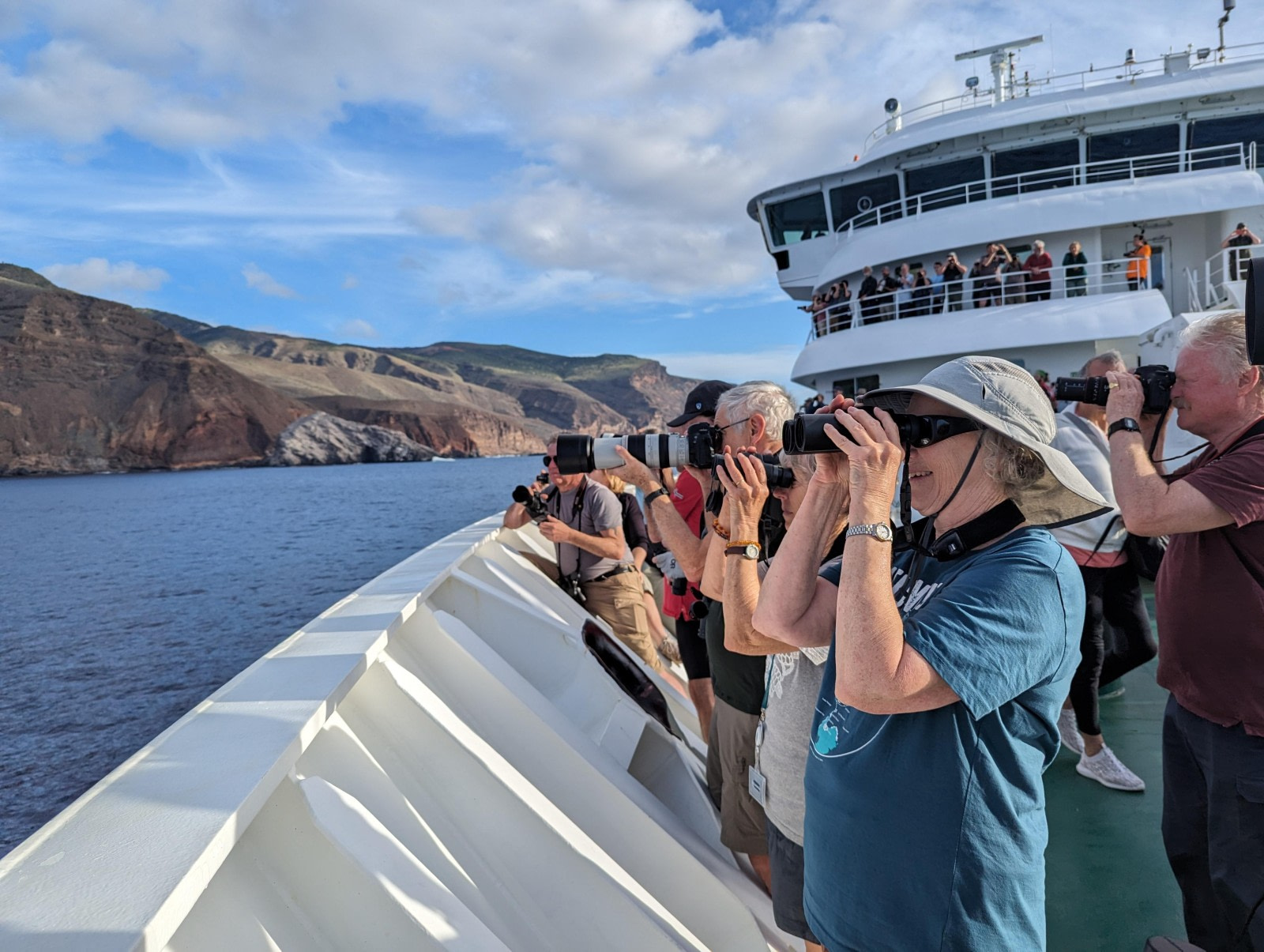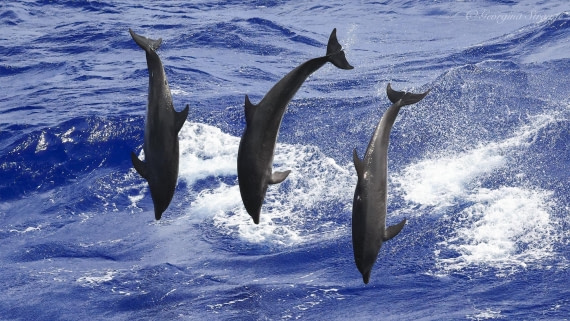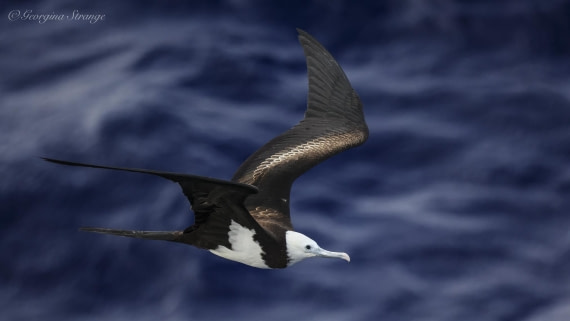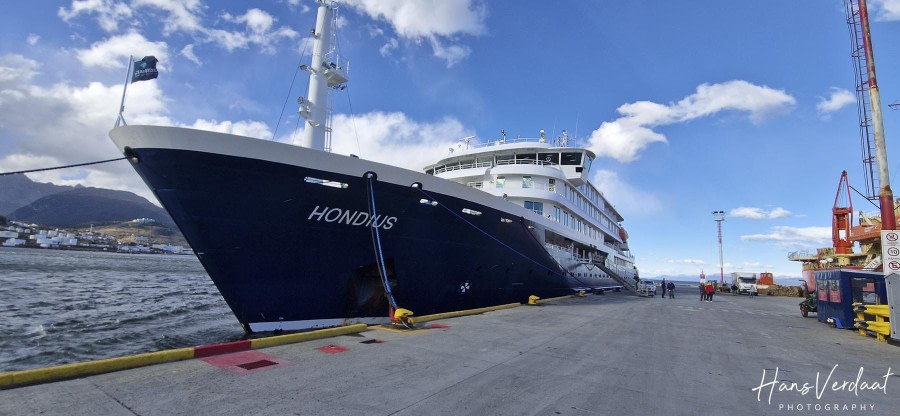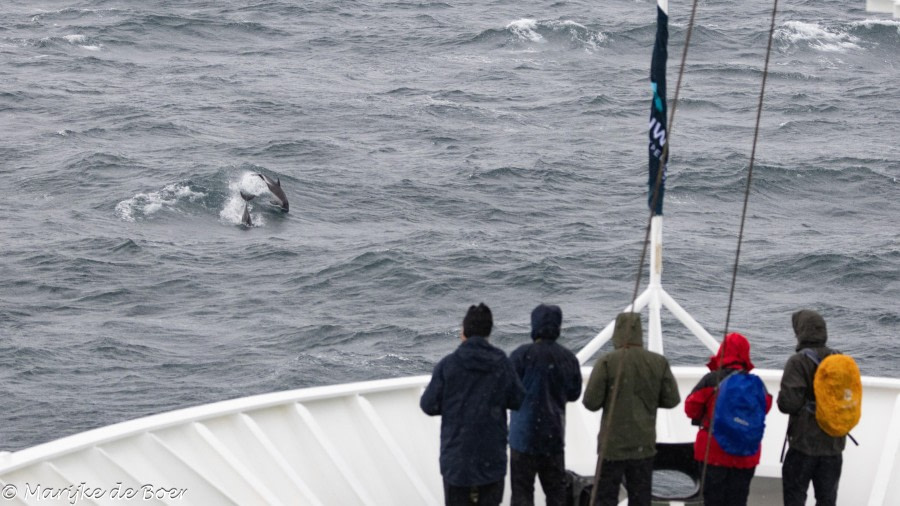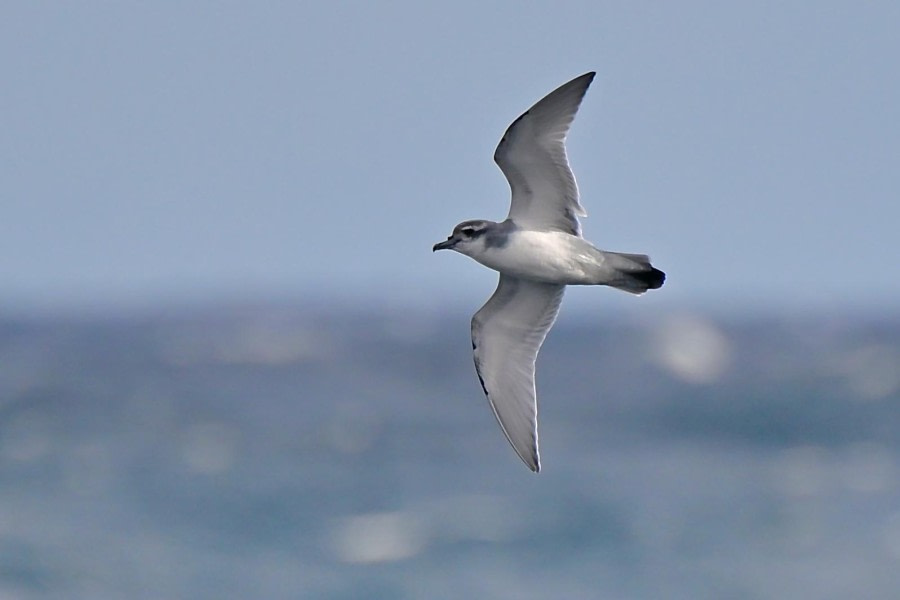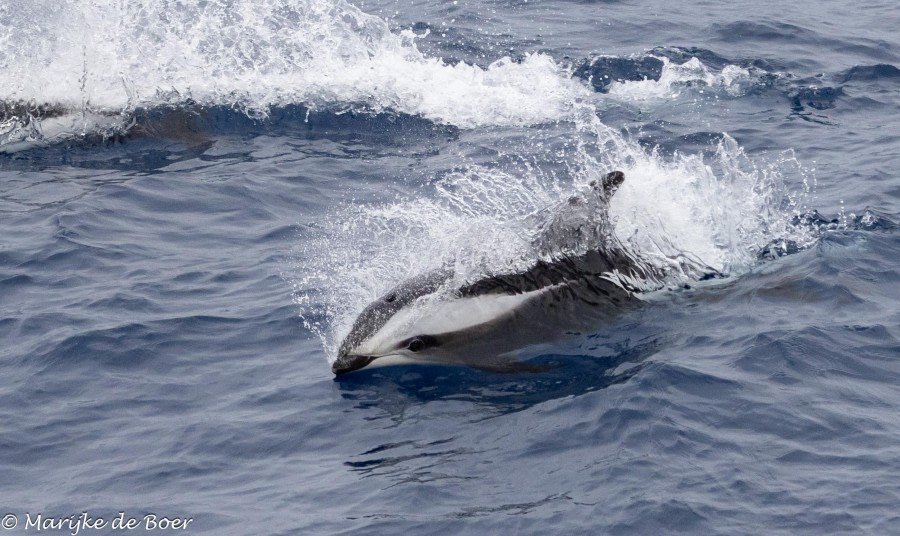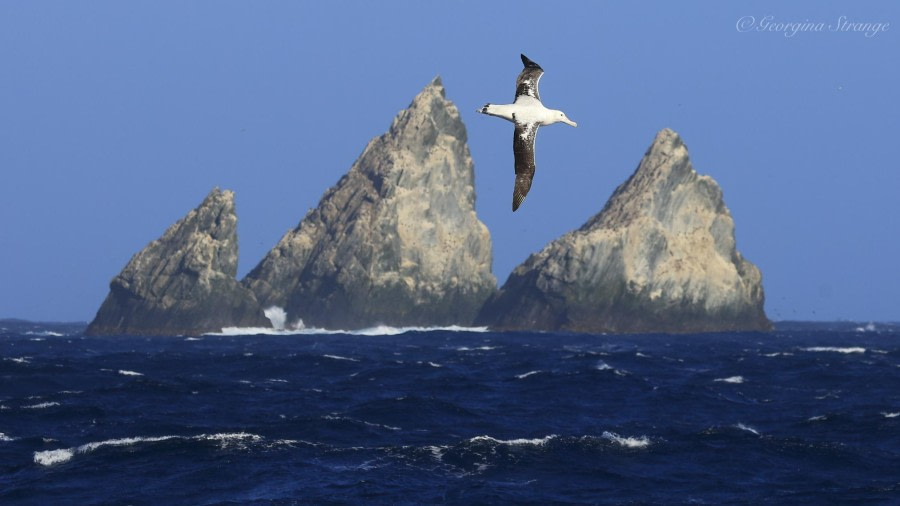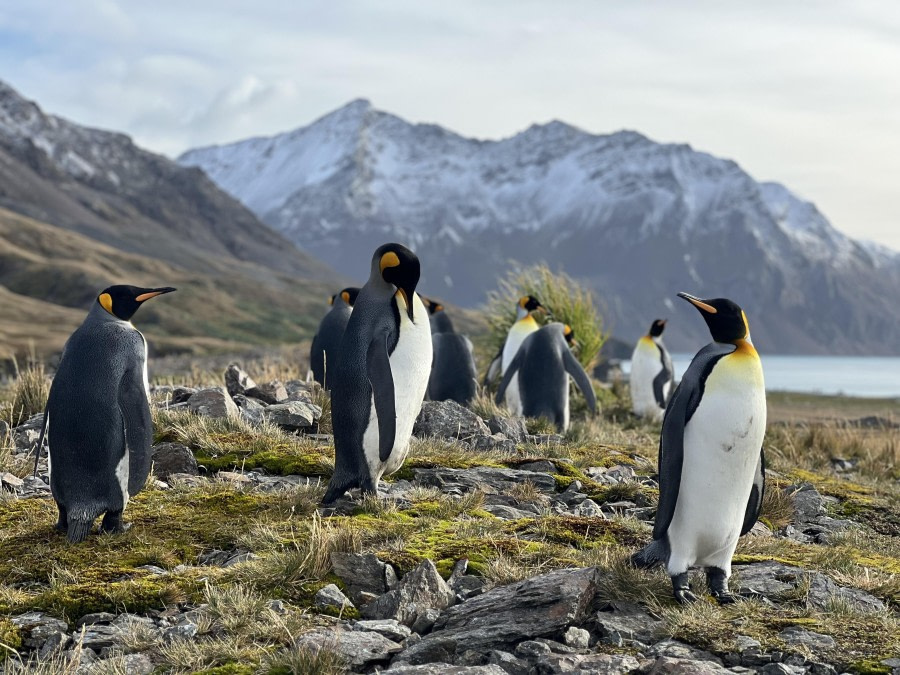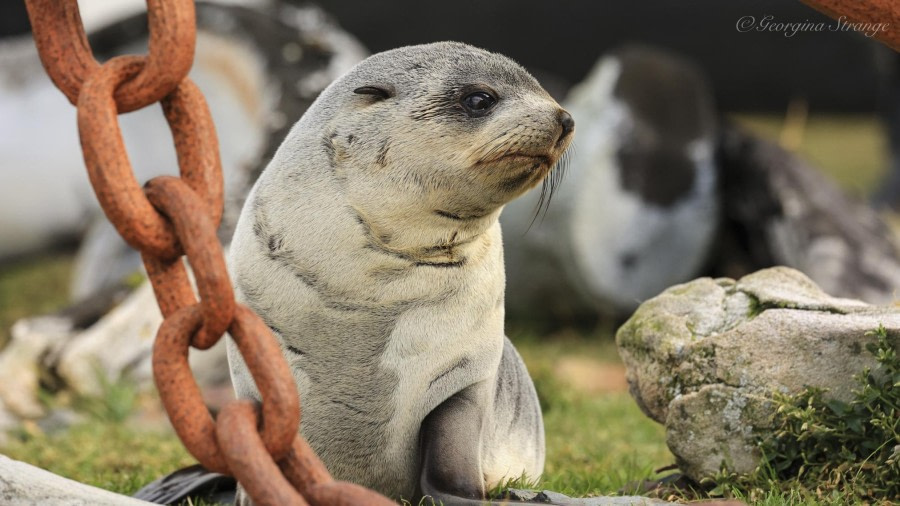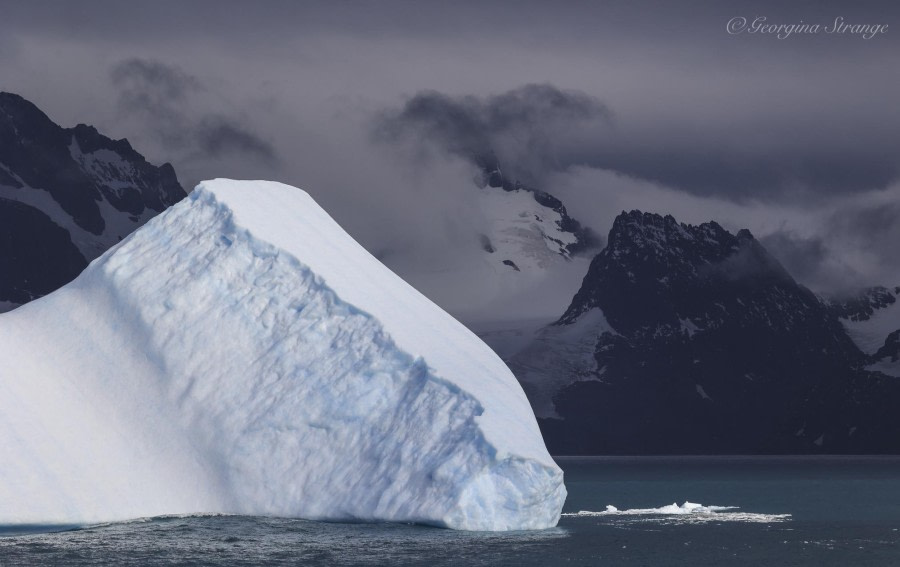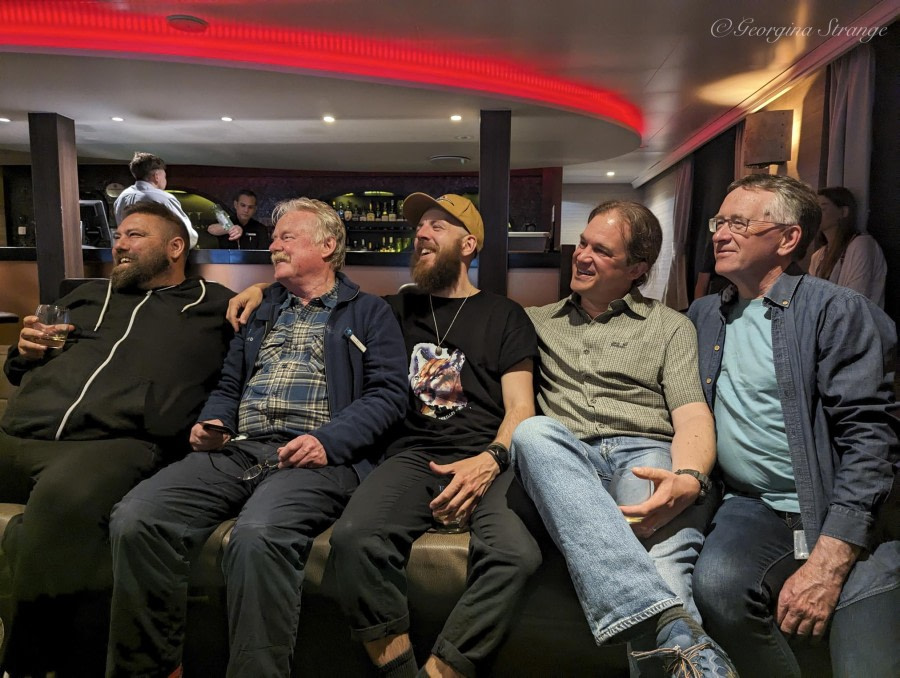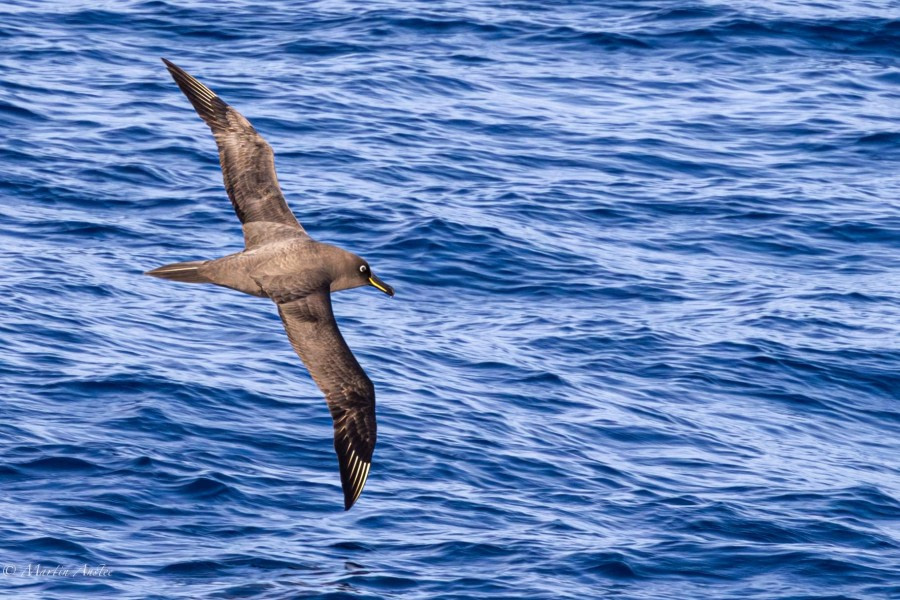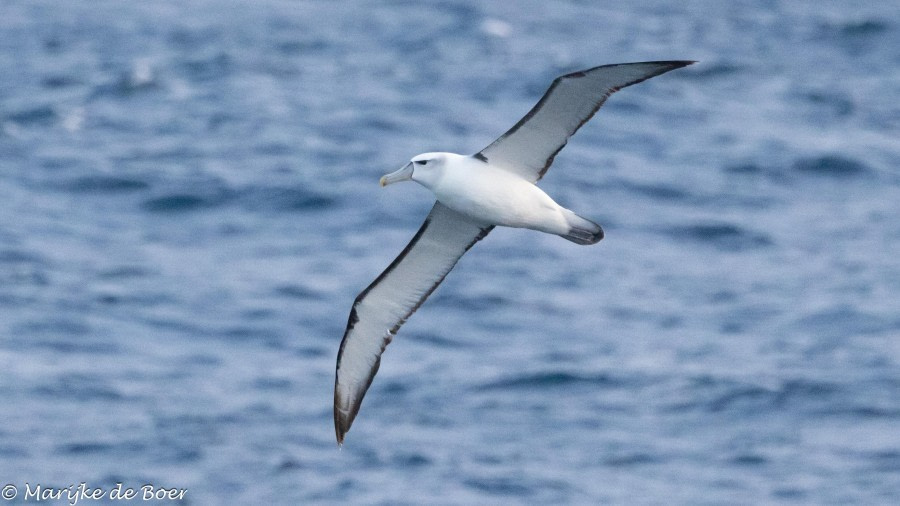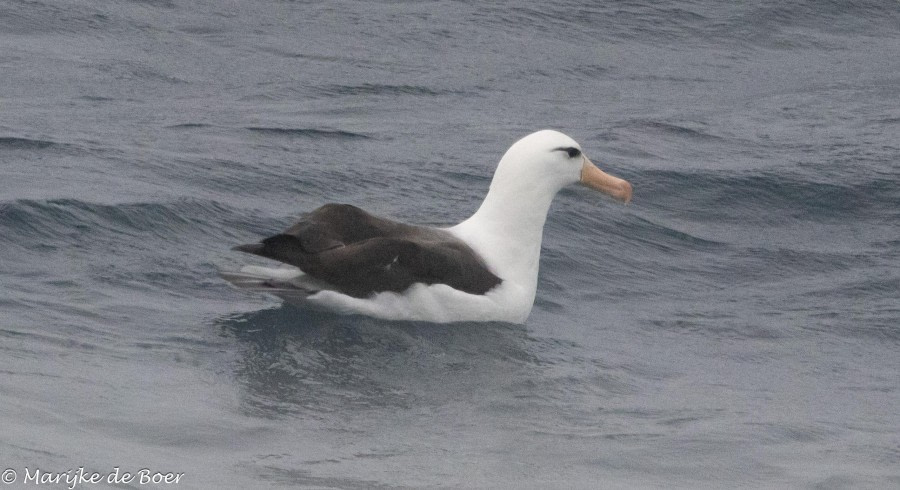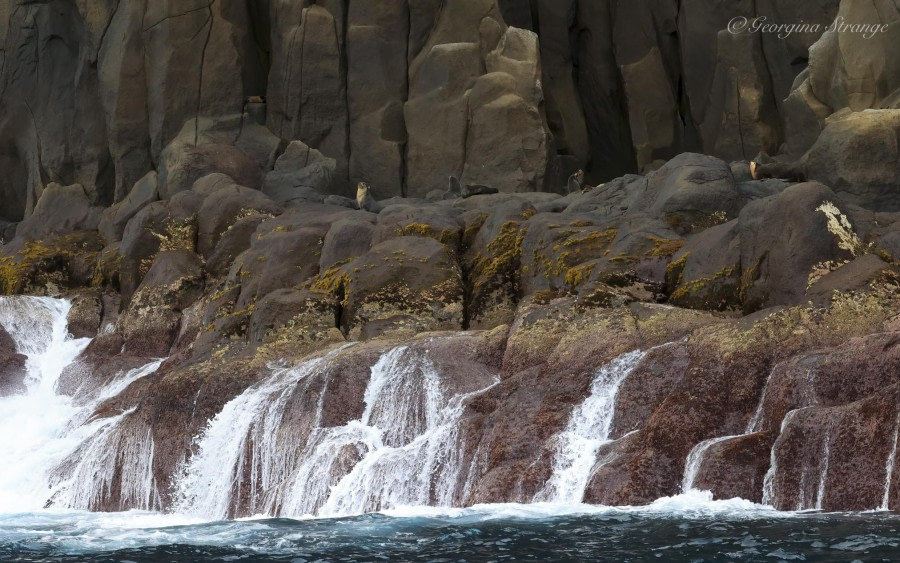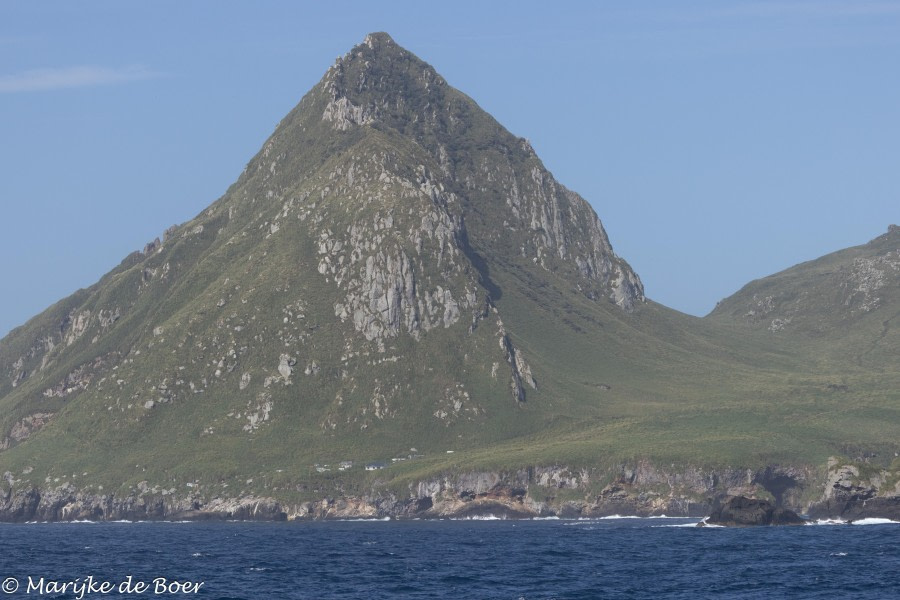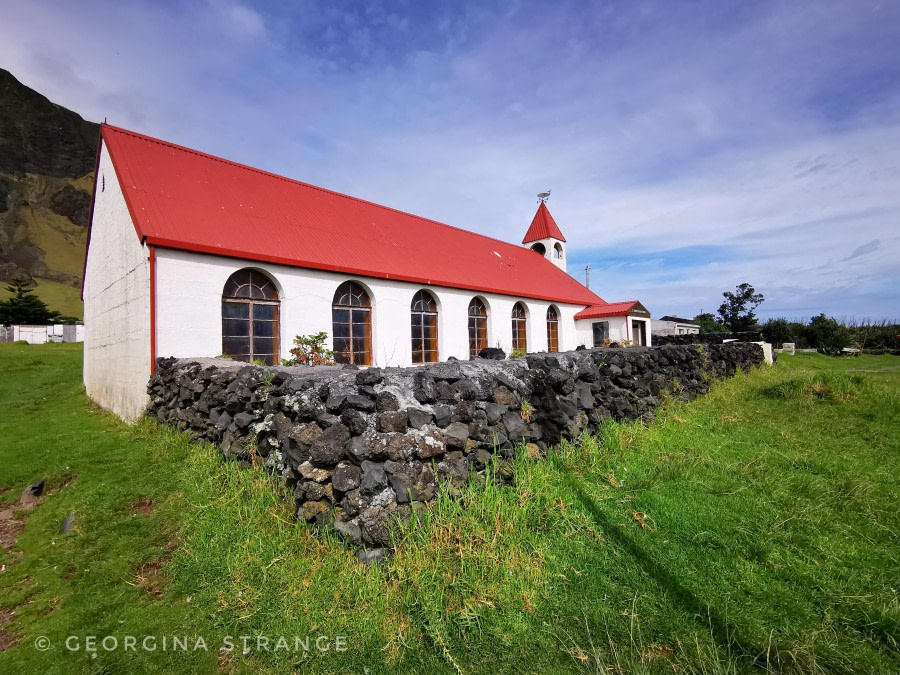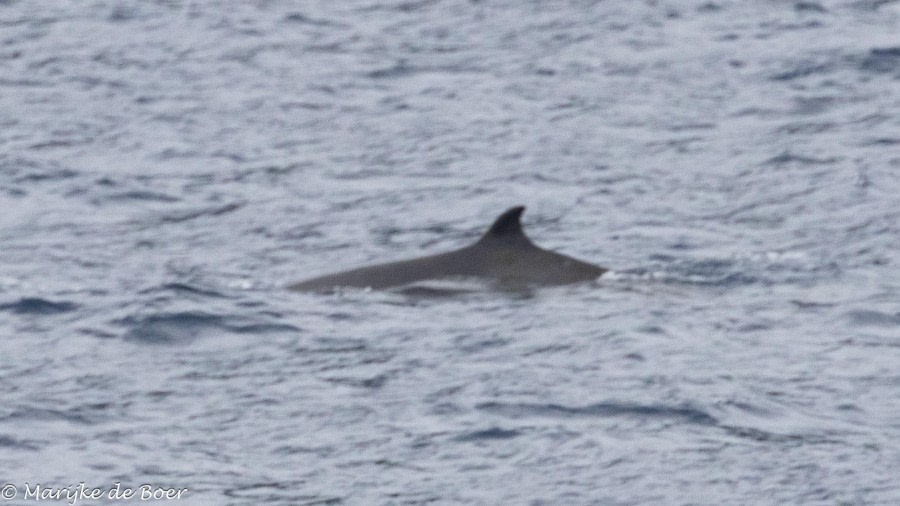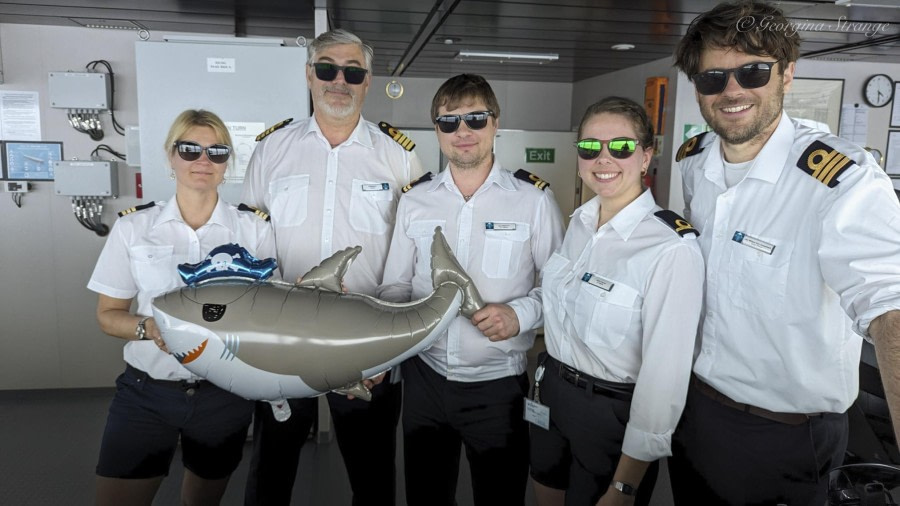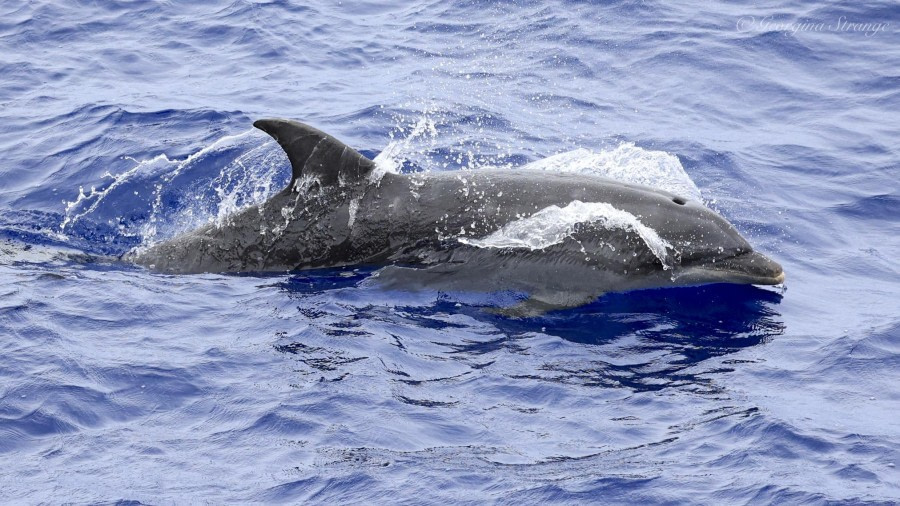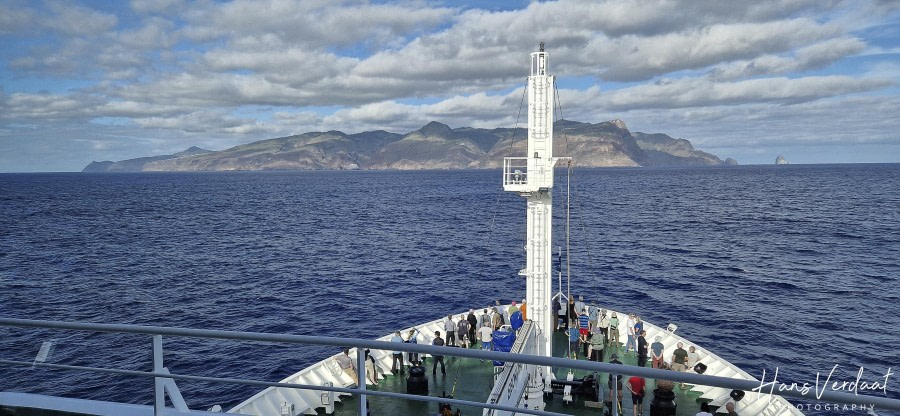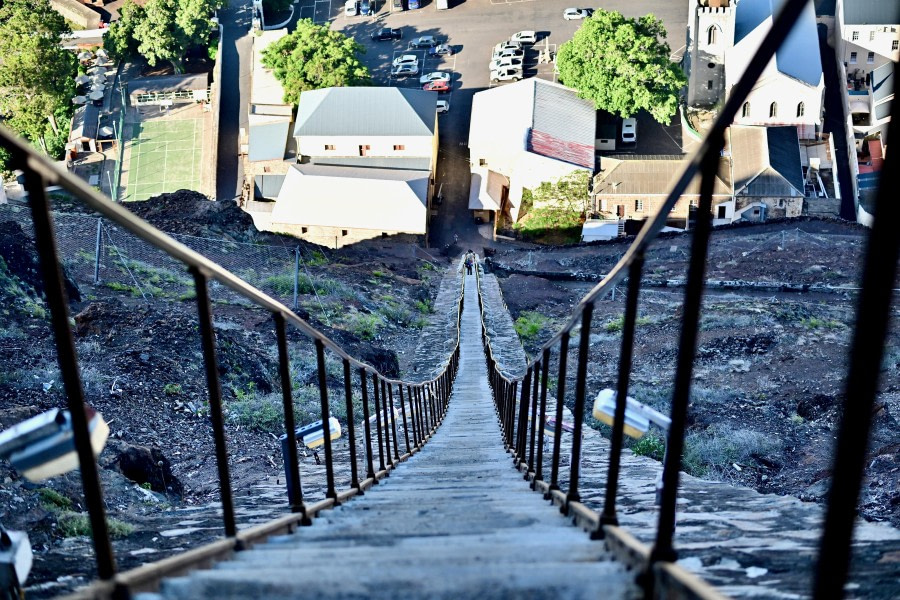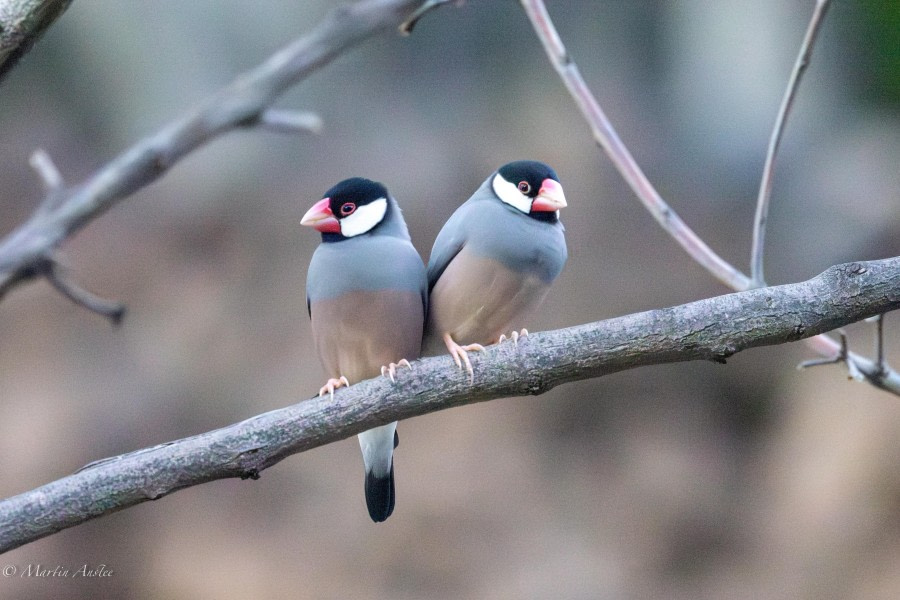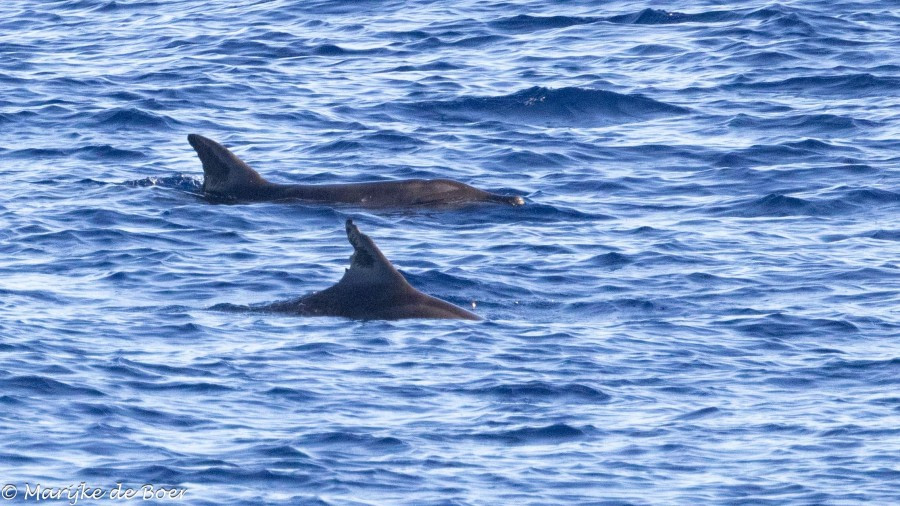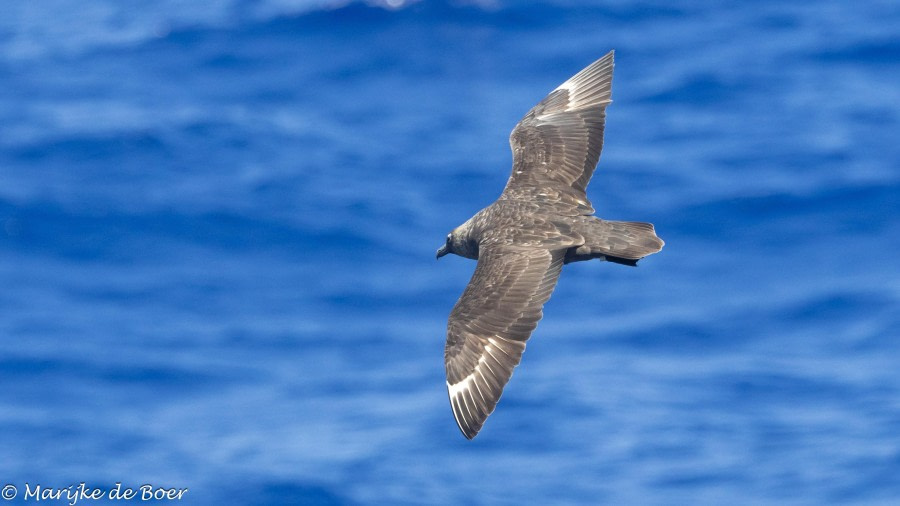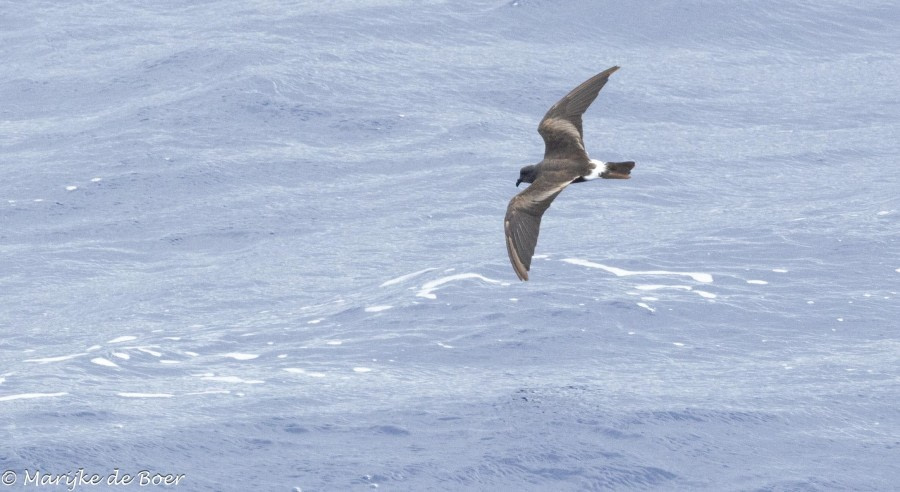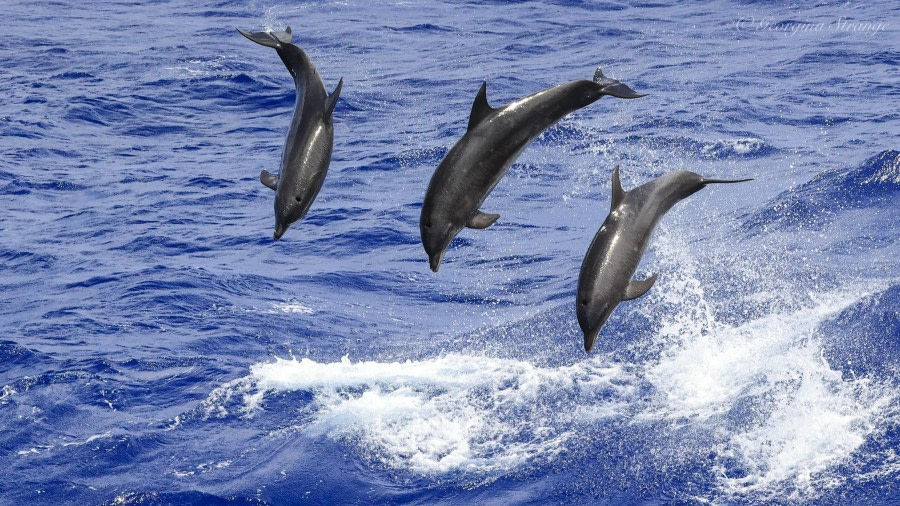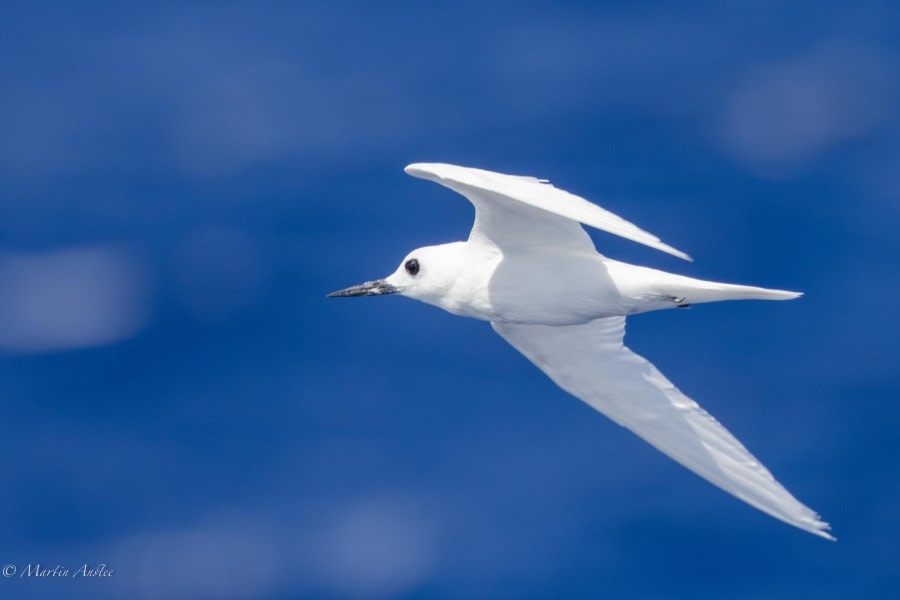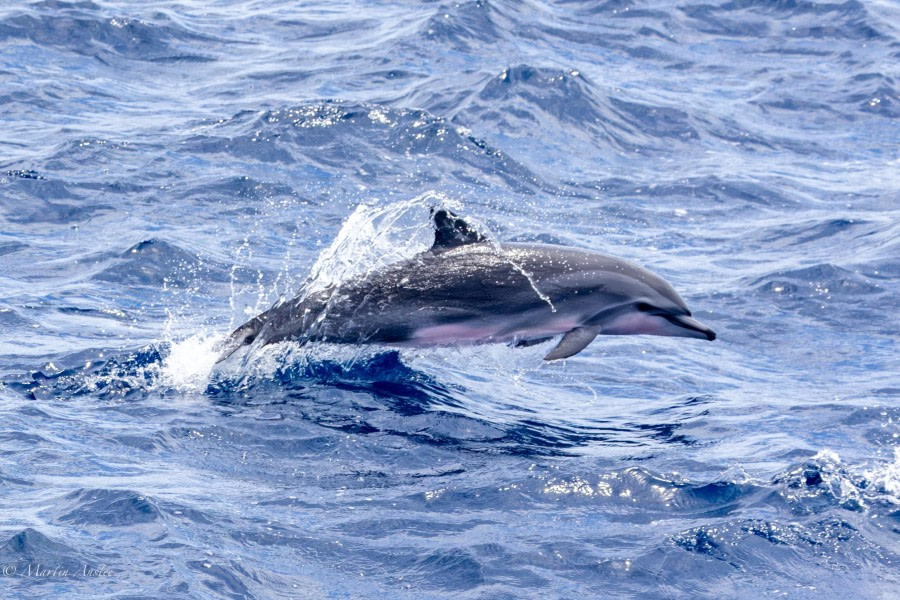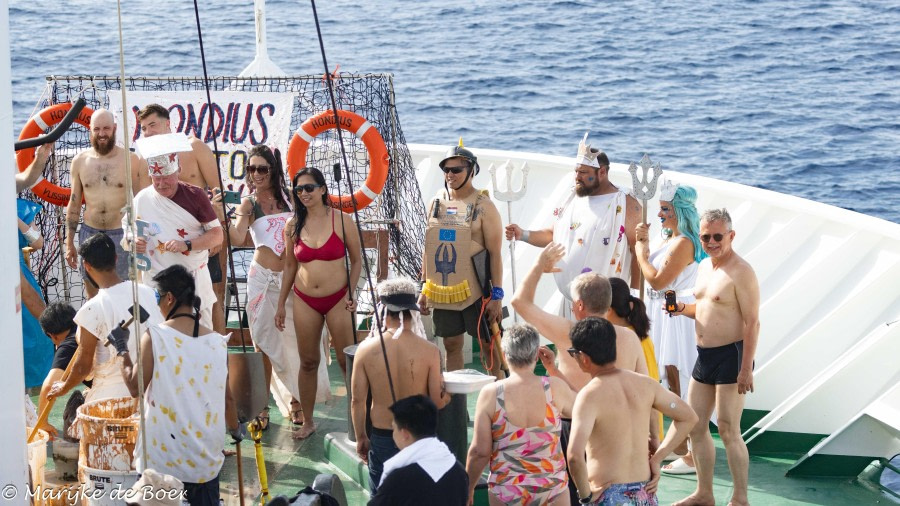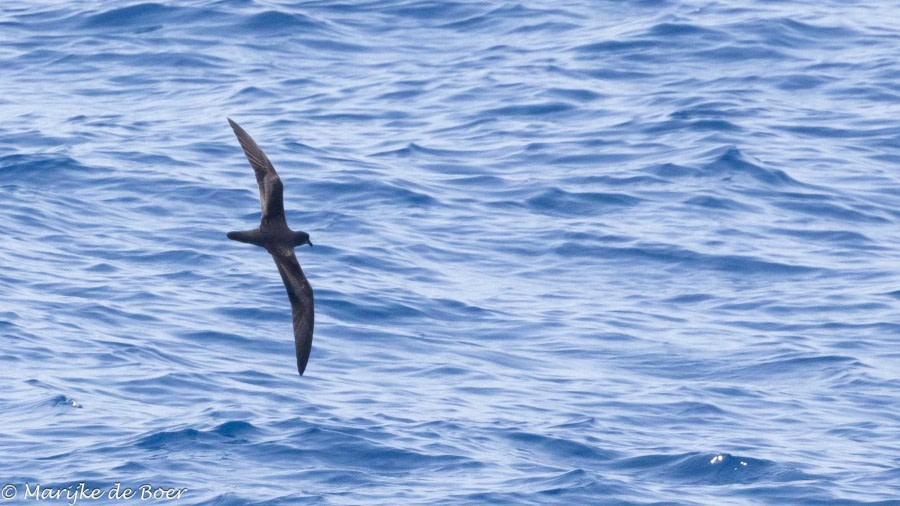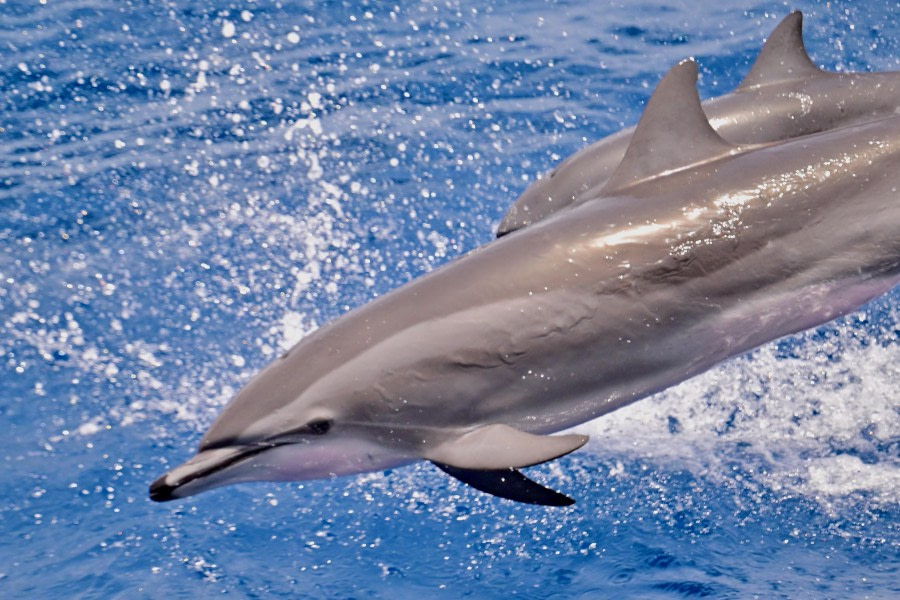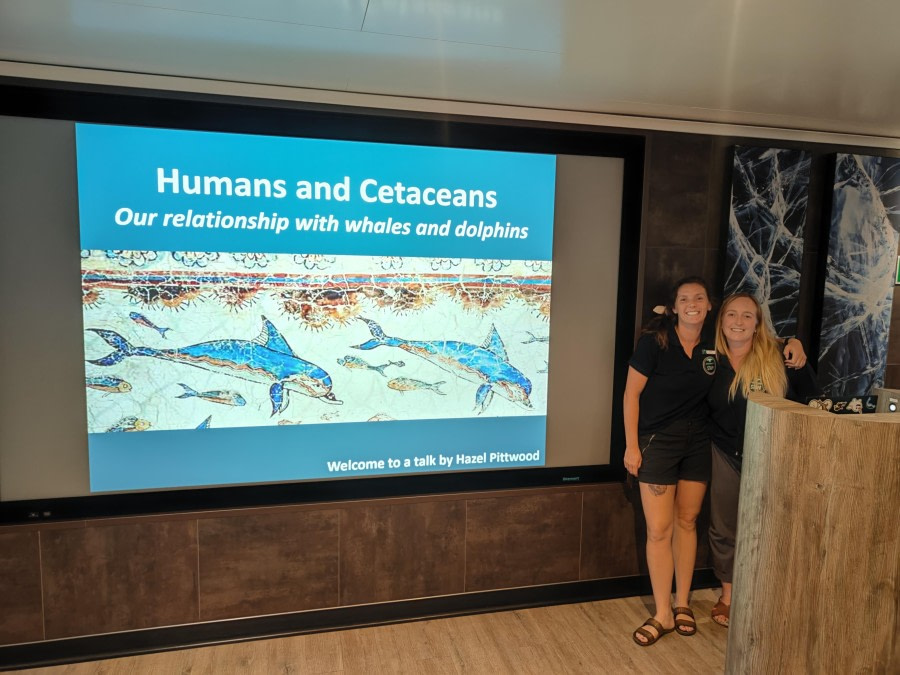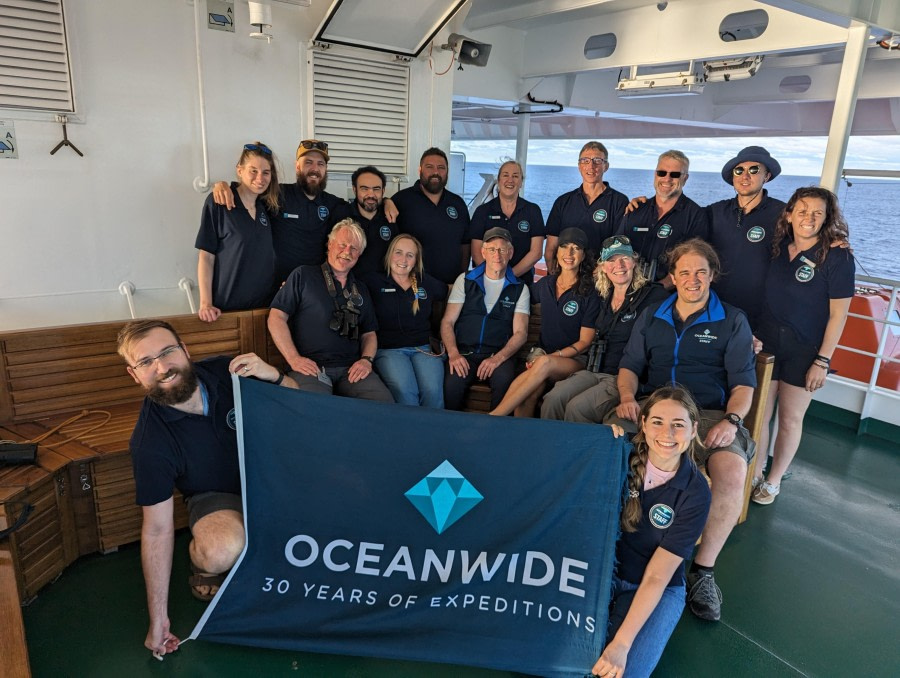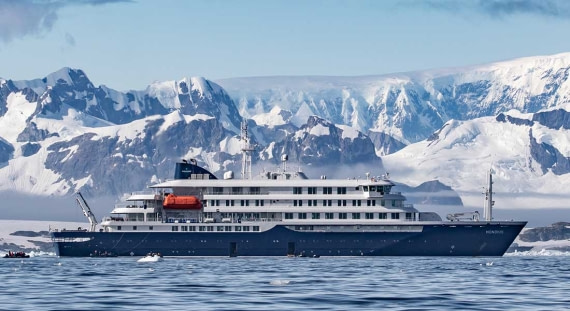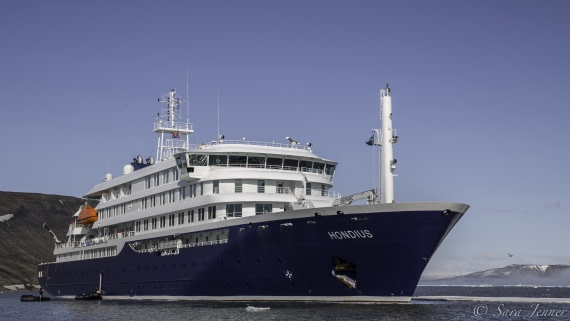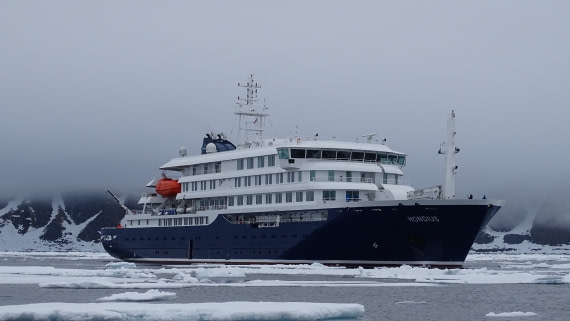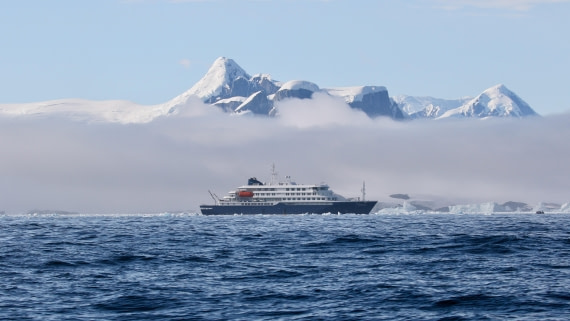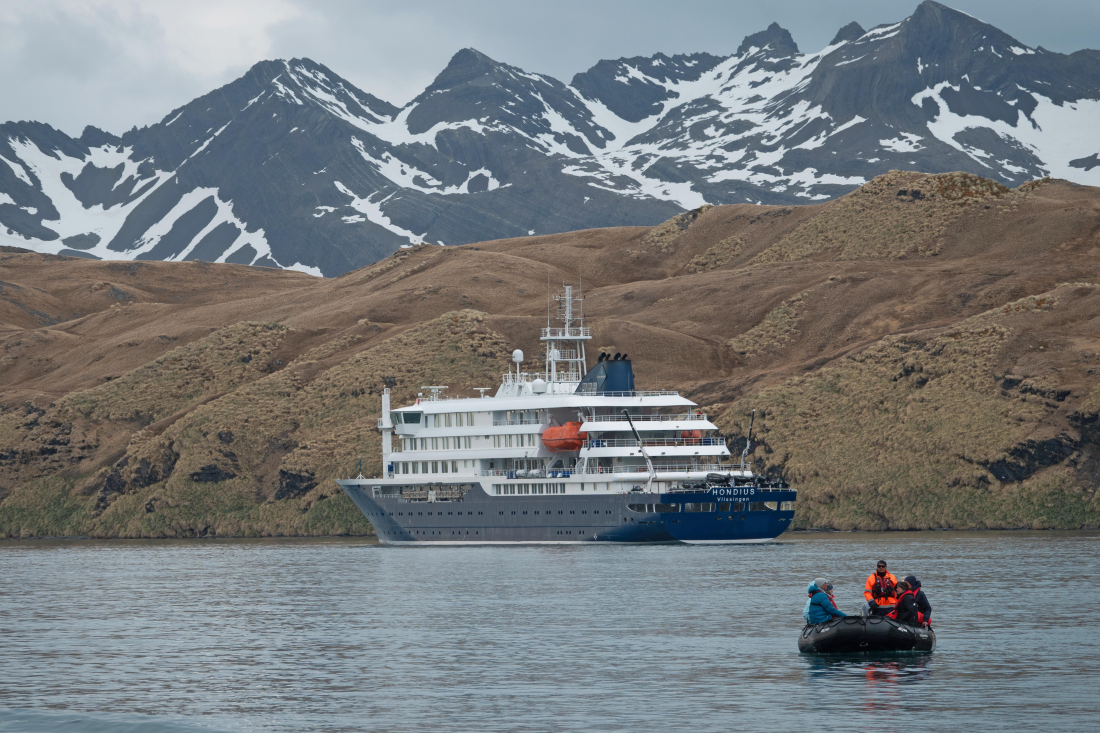| Date: |
04.04.2024 |
| Position: |
54° 48.6 ’S / 035° 50.7’W |
| Wind: |
SE 2 |
| Weather: |
Partly cloudy |
| Air Temperature: |
+14 |
We spend the night at sea, sailing south-east, following the northern coast of South Georgia. Our objective was to be at the beginning of the morning at the entrance of the beautiful Fjord of Drygalski.
Wakeup call was early today, at 06:30 and as we came on decks we found ourselves facing the grandiose scenery of the mountains and steep cliffs that mark the entrance of this fjord. On this day, breakfast was served a bit earlier, at 07:30 so we would be well feed to enjoy the cruise along this long fjord.
As we entered the Fjord, we could see the entrance of other bays and the small harbour, all of them adjacent to the main one, the Drygalski. The first open entrance to the west, was the Larsen Harbour which opens clearly with a copule of beaches along the western side. Here we could see many fur seals as well as many elephant seals, all of them guarded by king and gentoo penguins.
As we came into the glacier, we had the chance to see more of these small harbours and coves. To the west we had the Brandt Cove which similarly to the Larsen Harbour, had a few beaches with visitors along the side, more fur and elephant seals. The landscape by this time turned into an amphitheatre of mountains, water and glaciers. We were surrounded by many mountains and glacier fronts. To the north east (starboard side of the ship as we were entering) we had the Trendall Cragg peak, rising up to 1000 meters above sea level and as we sailed into, we encountered the Dead End Glacier debouching into the Fjord.
Higher peaks were visible beyond the end of the fjord and more glaciers fronts appeared in front of us. Soon as we were at the end of the Fjord, we had a good view of the Risting Glacier to the northwest as well as the Jenkins Glacier also, located directly towards the west on the other side. Both glaciers have been showing significant change over the last decades and they herald the times we are living in which glaciers are receding at great speeds everywhere, including the most distant places on Earth.
As we came into the Fjord we had the chance to see various birds flying around us, mostly Antarctic Terns, Giant Petrels, Cape Petrels, Skuas, Wilson's Storm Petrels, and a couple of prions among others. One remarkable sight was the one of a single South Georgia Pipit crosing the Fjord and flying in front of the ship as high as our bridge. Sadly one of the residents of the Fjord was not visible, the Snow Petrel and as we turned the ship to egress the Fjord, we could not see it, leaving us with the nostalgia of missing a friend.
As we came out of the fjord we spotted some whales (right southern whales and a humpback whale) and we sailed out to reach the Cooper Sound located at the Southeast tip of the main island of South Georgia. There we organised a zodiac cruise along the Bay of the same name, a wonderful place where it is possible to sight the typical wildlife of South Georgia. Sea conditions were not ideal and therefore we had to use the gangway of our ship in order to access our zodiacs. Swell was between 1 - 2 meters high making the operation of embarking and disembarking from the zodiacs slow and a bit challenging.
Despite this, twelve zodaics left the ship and had the opportunity to see and photograph Maccaroni Penguins, Chisnstrap and many elephant and fur seals pesent along the shores. One distinctive feature of these areas was also the sight of the kelp, most of the coastal regions were covered by this seaweed giving an alien-like impression to these desolated coasts constatly battered by the weaves and the wind.
This was our last activity in South Georgia, as we embarked the last zodiac on board, we prepared the ship for the next crossing, among the mist and fog coming from the west.
Because of our early start, today all the rest of our activities were done earlier than our normal plan, so we had an early recap, Marijke talking about the Weddel seals, Eduardo talking about the lesser known expeditions to South Georgia and Chloé talking about her favourite subject plankton, giving a live demonstration with one of our microscopes on board.
As we sailed bounded for the northeast of South Georgia, dinner time came also a bit earlier. After dinner our bird enthusiast and experts had their daily meeting to discuss the trip's species list. This was followed of a Happy Hour and a wonderful ship's quiz organised by staff.
As the darkness enveloped the ambience, we crossed the waves of the South Atlantic bounded for our next destination: Gough Island in the Tristan da Cunha archipelago.
